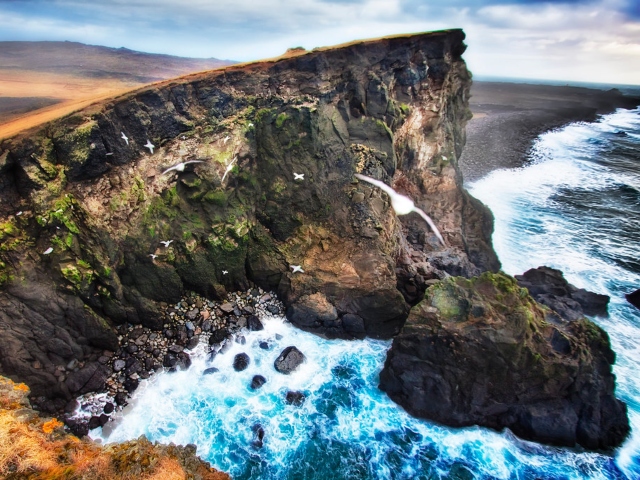
-
A 7.5 Magnitude Earthquake Lifted Parts Of The Japanese Coastline Up To Four Metres
06 Feb 2024 by Heinrich in Tech/Sci, World
[imagesource:chrisford/flickr]
The first day of 2024 brought catastrophe to parts of Japan as a 7.5 magnitude earthquake rocked the Noto Peninsula in northwestern Honshu for almost 50 seconds.
It was the most powerful to strike Ishikawa Prefecture since 1885, and mainland Japan since the 2011 Tohoku earthquake. Shaking was reported throughout Honshu, including Tokyo, approximately 300 kilometres southeast of the earthquake’s epicentre.
The area still felt dozens of aftershocks for the next few days as the recovery efforts began, but it’s only now that the real impact of the quake has become evident after it was revealed that parts of Japan had risen to four metres because of the quake.
Several teams of scientists tracked the situation using satellites, indicating that the landmass had been pushed upward and toward the northwest.
“The surface moved upward as much as 4 meters on some parts of the north coast of the Noto Peninsula,” said Eric Fielding, a geophysicist at NASA’s Jet Propulsion Laboratory (JPL).
To appreciate the effect the earthquake had, try to imagine what Camp Bay Beach or the V&A Waterfront would look like if the sea level dropped four metres.
Scientists from the Geospatial Information Authority of Japan indicated that the earthquake uplifted land along 85 kilometres of coastline. It shifted the location of the coastline roughly 200 metres seaward at Minazuki Bay, one of the areas that saw the most uplift. They also reported a large amount of uplift and new land in Waijma and Nafune, where two small fishing ports were left much higher and drier than usual. More than 15 fishing ports in Ishikawa Prefecture reported an uplift.
Check out the footage below for an idea of the damage.
In early January, Japan’s Noto Peninsula experienced a 7.5 magnitude earthquake, uplifting the coastline and shifting the land roughly 200 meters seaward.
Some of the coastline changes around Minazuki Bay are visible in the pair of #Landsat images.https://t.co/UY1stmU4mC pic.twitter.com/4uYBRnjkzn
— NASA Landsat (@NASA_Landsat) January 30, 2024
Earthquakes happen at various depths, with shallow ones occurring between 0 and 70 kilometres, intermediate between 70 and 300 kilometres, and deep quakes between 300 and 700 kilometres. Earthquakes at shallow depths, such as this one, are more damaging because seismic waves have less time to lose energy as they travel from the quake’s source to the surface.
We are extremely lucky to live on a stable part of the planet, although an extra 200 metres of coastal property would be nice.
[source:scitechdaily]
Latest News
-
Thai Woman Sentenced To Death For Murdering 14 Friends With Cyanide In Shocking Killing Spree
[imagesource: Sararat Rangsiwuthaporn] A woman in Thailand, dubbed 'Am Cyanide' by Thai...
-
René Magritte Painting Sells For Record R2.1 Billion At Auction
[imagesource:renemagritte.org] A René Magritte painting portraying an eerily lighted s...
-
Brave Rape Survivor Alison Botha Faces New Challenge After Brain Surgery
[imagesource: Alison Botha] Gqeberha rape survivor Alison Botha, a beacon of resilience...
-
Get Ready For The Mother of All Celebrations As MCQP Turns 30
[imagesource:mcqp/facebook] Clutch your pearls for South Africa’s favourite LGBTQIA+ ce...
-
The Iconic Good Hope Centre Is Set For Redevelopment
[imagesource:capetown.gov] The City of Cape Town’s Mayoral Committee has approved the...
-






























